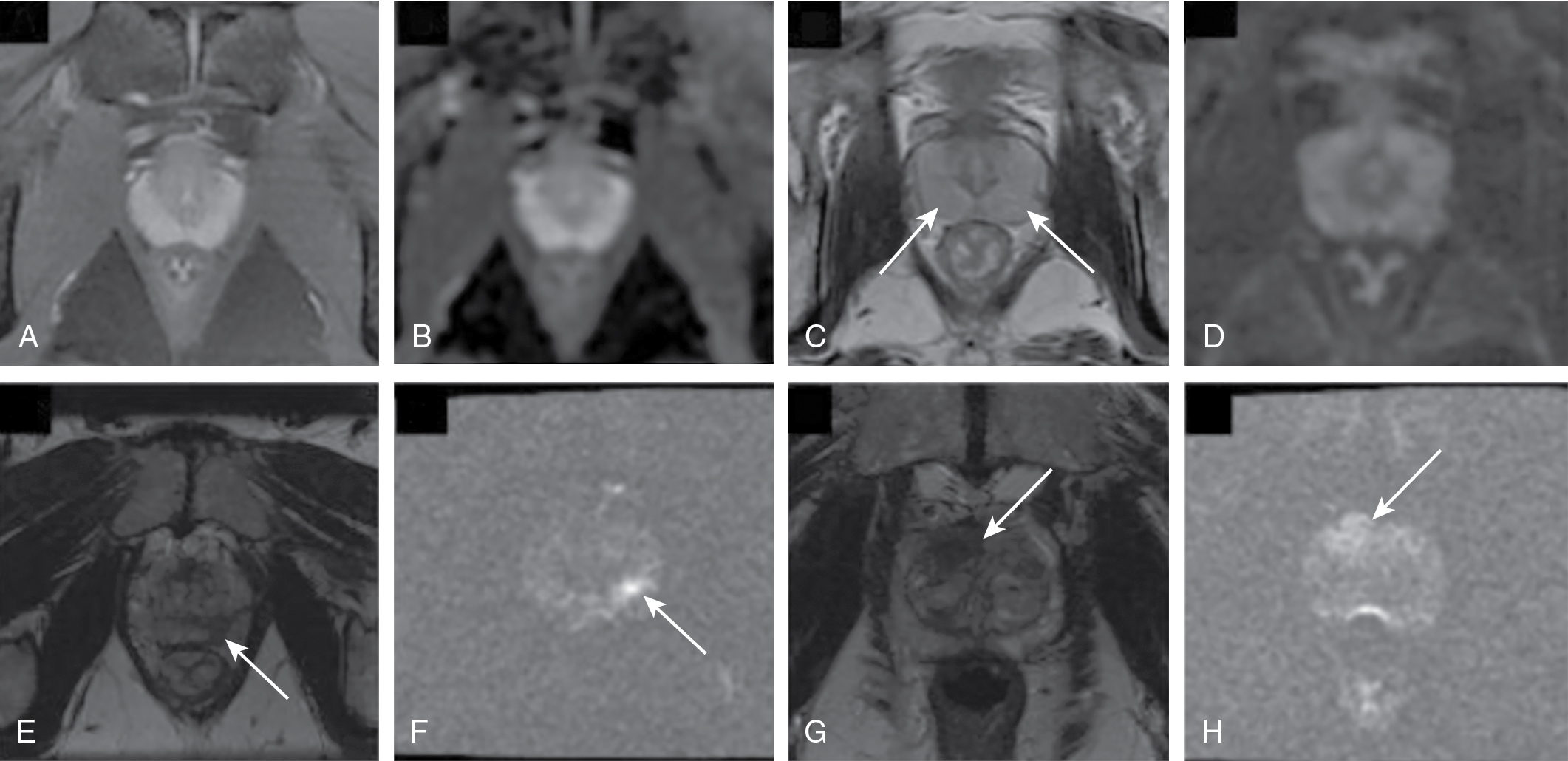
The discrete nature of energy transitions plays a key role. Each nuclear reaction is a transition between different quantum discrete states or energy levels. The quantum nature of nuclear forces causes the formation of resonances. Resonances (particular compound states) are mostly created in neutron nuclear reactions, but it is restricted to neutron nuclear reactions. The behavior of the cross-section between two resonances is usually strongly affected by the effect of nearby resonances. These peaks and the associated compound nuclei are usually called resonances. Each peak manifests a particular compound state of the nucleus. The narrowest resonances are usually the compound states of heavy nuclei (such as fissionable nuclei) and thermal neutrons (usually in (n,γ) capture reactions). The observation of resonances is by no means restricted to neutron nuclear reactions.įor the compound nucleus, peaks in the cross-section are typical. At higher energies, the widths may reach the order of the distances between resonances, and then no resonances can be observed. The widths of the resonances increase in general with increasing energies. Resonances are usually found only at relatively low energies of the projectile. The compound nuclei of these certain energies are referred to as nuclear resonances. These energy values are referred to as resonance energies. In that case, it is sometimes observed that the ensuing nuclear reaction takes place with appreciable probability only if the particle’s energy is in the neighborhood of certain definite energy values. Suppose a target nucleus X is bombarded with particles a. It is normally one of the excited states of the nucleus formed by the combination of the incident particle and target nucleus. The compound nucleus is the intermediate state formed in a compound nucleus reaction. There is no difference between the compound nucleus and the nuclear resonance. This theory allowed the exploitation of many test experiments performed at different frequencies on hexamethylenetetramine (HMT) and sodium nitrite.What is Compound Nucleus and what is Resonance? All these problems in principle disappear with a complete four-step phase cycling scheme and the echo decay curve yields reliably the spin-spin relaxation time T 2 (associated with off-diagonal elements). Thirdly, at long decay times, the echo maximum occurs earlier than expected. Secondly, in that case, the amplitude of the resulting signal can evolve unexpectedly and differently as a function of the phase of the second pulse. First, at short decay times, the echo may be corrupted by unwanted signals.


Conversely, in spite of two-step phase cycling schemes adapted to spin-spin relaxation measurements, the homolog of the NMR Hahn spin-echo sequence may pose some problems if the results are displayed in the magnitude mode. It is shown that the homolog of the NMR inversion-recovery experiment leads easily to the spin-lattice relaxation time T 1 (associated with the diagonal elements of the density matrix) provided that an appropriate phase cycling is used. A general theory, based on density matrix calculations, has been developed for the special case of a two-pulse sequence applied to spin 1 ( 14N) nuclear quadrupole resonance (NQR) of a powder sample.


 0 kommentar(er)
0 kommentar(er)
